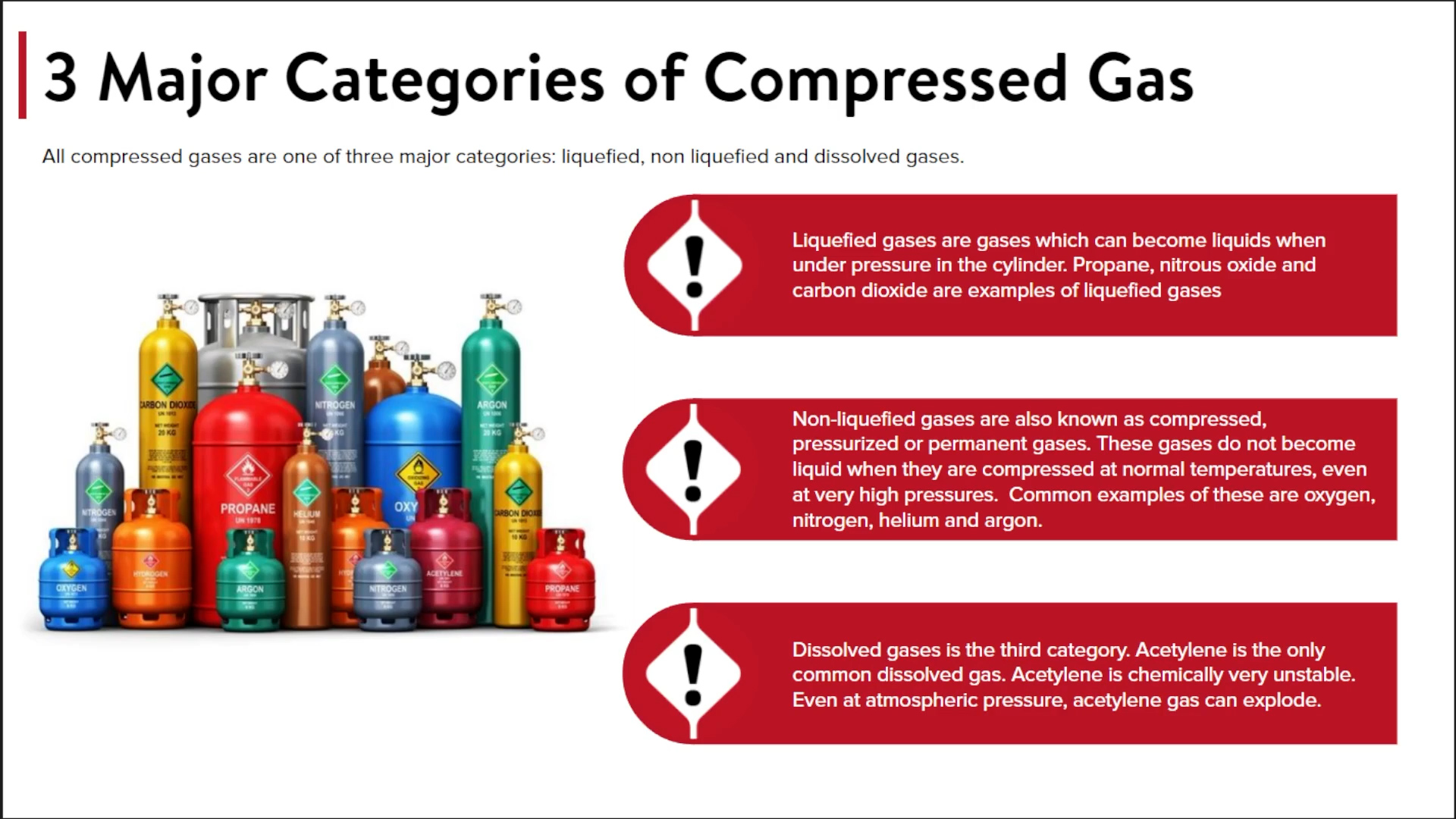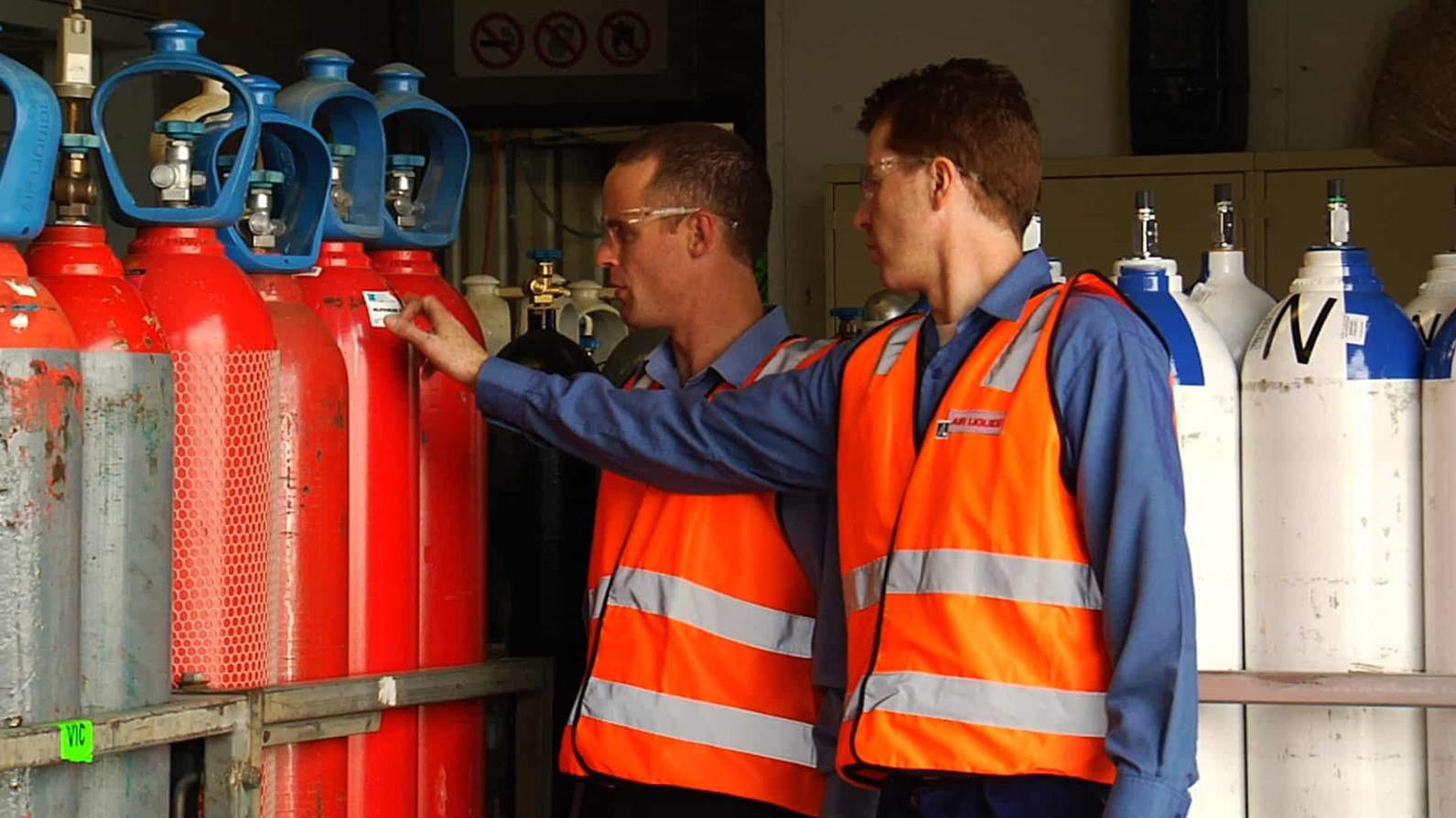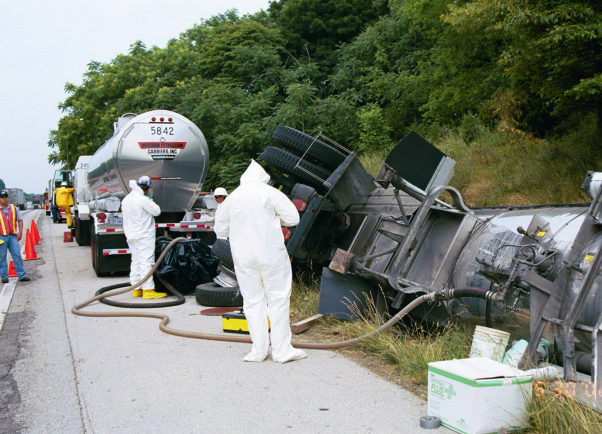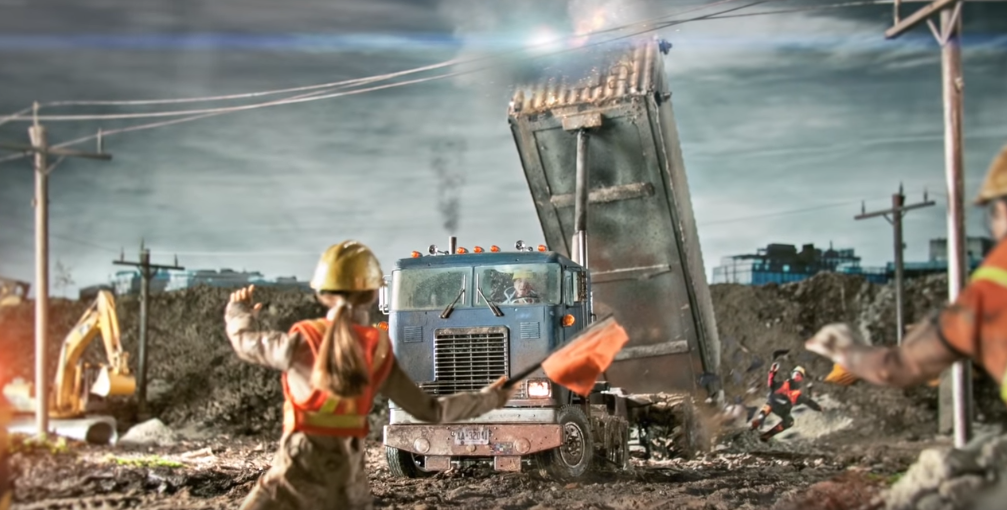-

 “Air pollution is a major environmental risk to health. By reducing air pollution levels, countries can reduce the burden of disease from stroke, heart disease, lung cancer, and both chronic and acute respiratory diseases, including asthma.” The Clean Air Act Amendments of 1990 were passed to reduce pollution and establish standards for industrial air emissions.
“Air pollution is a major environmental risk to health. By reducing air pollution levels, countries can reduce the burden of disease from stroke, heart disease, lung cancer, and both chronic and acute respiratory diseases, including asthma.” The Clean Air Act Amendments of 1990 were passed to reduce pollution and establish standards for industrial air emissions. -

 Each year in the United States, there are approximately 3,500 people killed and 80,000 others injured in accidents involving Commercial Motor Vehicles (CMVs). Whenever you get the behind the wheel of a Commercial Motor Vehicle (CMV), your first responsibility is to drive safely. Because when a CMV weighing 10,000 pounds or more collides with a car weighing 4,000 pounds, the car almost always loses. So, the responsibility of driving a commercial motor vehicle is enormous. A recent study showed that the majority of crashes are caused by four types of undesirable driver behavior: recognition errors, decision errors, performance errors, and non-performance errors.
Each year in the United States, there are approximately 3,500 people killed and 80,000 others injured in accidents involving Commercial Motor Vehicles (CMVs). Whenever you get the behind the wheel of a Commercial Motor Vehicle (CMV), your first responsibility is to drive safely. Because when a CMV weighing 10,000 pounds or more collides with a car weighing 4,000 pounds, the car almost always loses. So, the responsibility of driving a commercial motor vehicle is enormous. A recent study showed that the majority of crashes are caused by four types of undesirable driver behavior: recognition errors, decision errors, performance errors, and non-performance errors. -

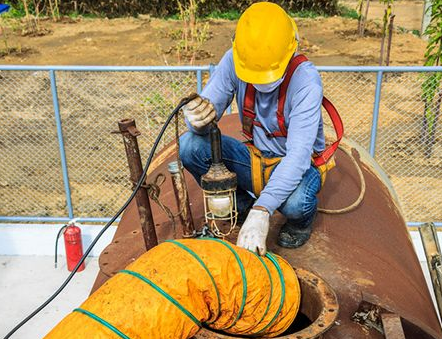 Many workplaces contain spaces that are considered “confined” because of their configurations. A confined space is large enough and configured in such a way that you can enter and perform assigned work. A confined space has a limited or restricted means of entrance or exit, and a configuration that can make first aid, rescue, evacuation, or other emergency response activities difficult. They are not designed or intended for continuous occupancy. Examples include storage tanks or bins, mixing tanks, railroad tank cars, silos, vaults, and pits. Confined spaces create the ideal conditions for the onset of claustrophobia. Confined spaces can be large or small and above or below ground.
Many workplaces contain spaces that are considered “confined” because of their configurations. A confined space is large enough and configured in such a way that you can enter and perform assigned work. A confined space has a limited or restricted means of entrance or exit, and a configuration that can make first aid, rescue, evacuation, or other emergency response activities difficult. They are not designed or intended for continuous occupancy. Examples include storage tanks or bins, mixing tanks, railroad tank cars, silos, vaults, and pits. Confined spaces create the ideal conditions for the onset of claustrophobia. Confined spaces can be large or small and above or below ground. -
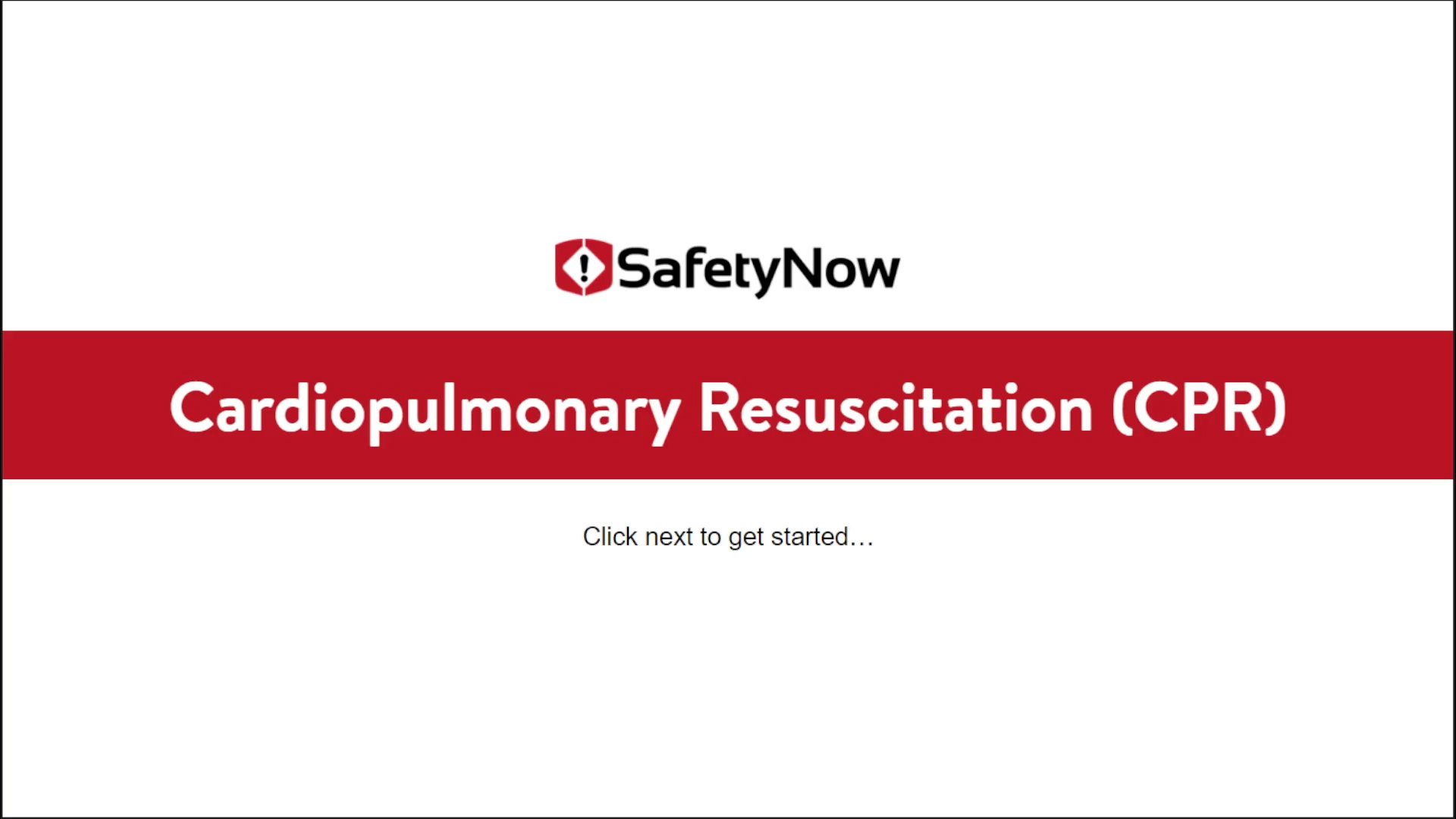
 Cardiopulmonary resuscitation (CPR) is a technique used to slow the process of brain death by restarting the heart and getting a person breathing again. Cardiopulmonary Resuscitation (CPR) can provide oxygen to the brain and other vital organs of a person who, by every indication, is dead. Used early and correctly, the technique can buy time for the victim until medical attention can be given.
Cardiopulmonary resuscitation (CPR) is a technique used to slow the process of brain death by restarting the heart and getting a person breathing again. Cardiopulmonary Resuscitation (CPR) can provide oxygen to the brain and other vital organs of a person who, by every indication, is dead. Used early and correctly, the technique can buy time for the victim until medical attention can be given. -

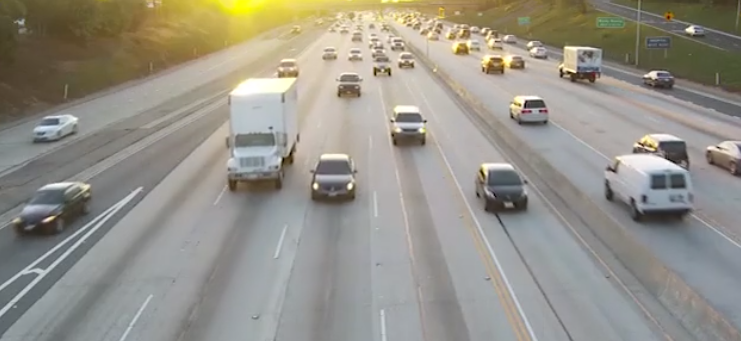 Every day in the U.S., 9 people are killed and more than 1,060 people are injured in crashes that are reported to involve a distracted driver. The cause for concern is obvious. Transportation related occupational fatalities are the number one cause of death in the American workforce. The purpose of this lesson is to heighten drivers’ awareness of the dangers of distracted driving and identify ways to stay safe when sharing the road with distracted drivers.
Every day in the U.S., 9 people are killed and more than 1,060 people are injured in crashes that are reported to involve a distracted driver. The cause for concern is obvious. Transportation related occupational fatalities are the number one cause of death in the American workforce. The purpose of this lesson is to heighten drivers’ awareness of the dangers of distracted driving and identify ways to stay safe when sharing the road with distracted drivers. -
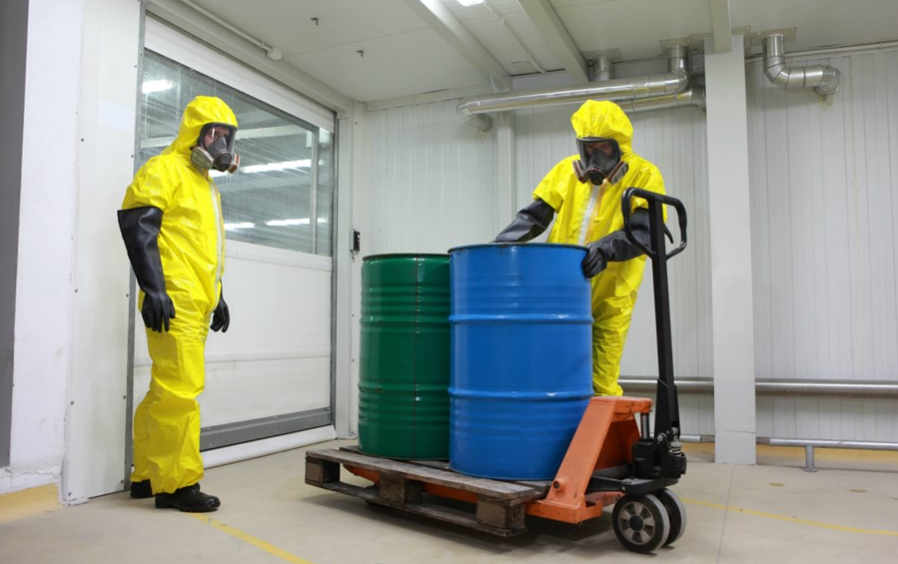
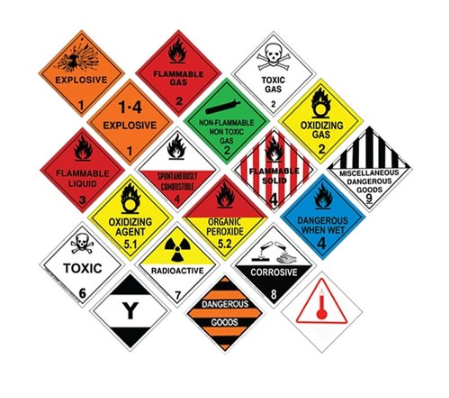 DOT Hazardous Materials General Awareness consists of five lessons, The goal of this library is to offer the required DOT awareness-level lessons that help save lives in high risk work environments, particularly those that involve transporting hazardous materials. The first lesson is DOT Fundamentals of Hazardous Materials. This lesson provides an overview of the hazardous materials transport process and introduces the learner to the many references used during that process.
DOT Hazardous Materials General Awareness consists of five lessons, The goal of this library is to offer the required DOT awareness-level lessons that help save lives in high risk work environments, particularly those that involve transporting hazardous materials. The first lesson is DOT Fundamentals of Hazardous Materials. This lesson provides an overview of the hazardous materials transport process and introduces the learner to the many references used during that process. -

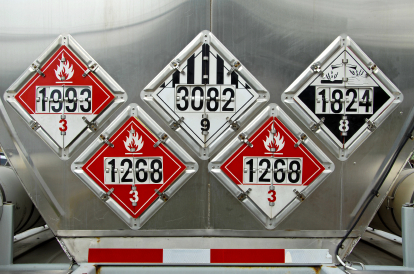 When on the road, job, and everywhere in-between, identifying hazardous materials and knowing exactly how to handle them is one of the most important tasks a worker must know. Because of the importance of identifying these hazardous materials properly, the U.S. Department of Transportation (DOT) requires all workers that handle these materials to take safety training in order to help protect themselves as well as others around them.
When on the road, job, and everywhere in-between, identifying hazardous materials and knowing exactly how to handle them is one of the most important tasks a worker must know. Because of the importance of identifying these hazardous materials properly, the U.S. Department of Transportation (DOT) requires all workers that handle these materials to take safety training in order to help protect themselves as well as others around them. -
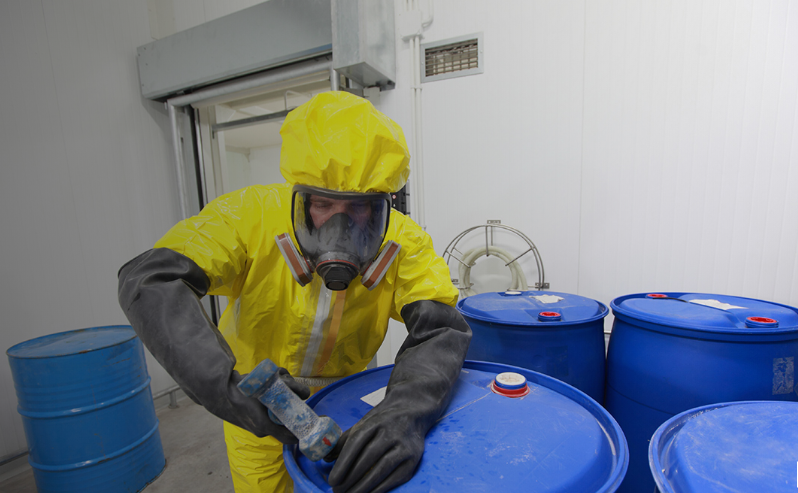
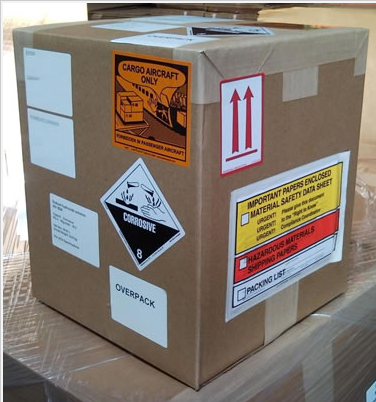 DOT Packaging Hazardous Materials is part of our DOT Transportation library. It covers the steps for packaging a hazardous material, how to select appropriate hazardous materials packaging and how to determine and prepare required hazardous materials identifiers, including labels, markings, placards, and shipping papers.
DOT Packaging Hazardous Materials is part of our DOT Transportation library. It covers the steps for packaging a hazardous material, how to select appropriate hazardous materials packaging and how to determine and prepare required hazardous materials identifiers, including labels, markings, placards, and shipping papers.



